
We are featuring prominent Black scientists throughout Black History Month. Stay tuned here each week!
Week of February 5, 2024 - George Washington Carver
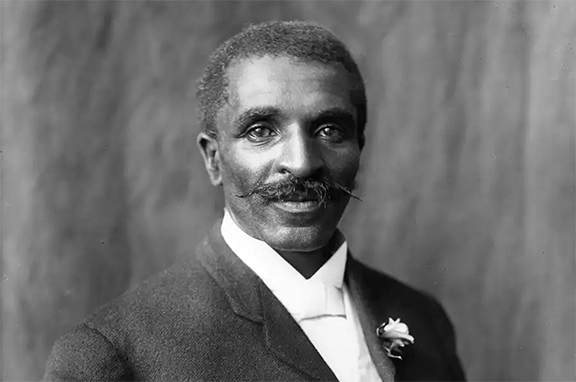
George Washington Carver was born into slavery, circa 1864. He was an American agricultural scientist and inventor who promoted alternative crops to cotton and methods to prevent soil depletion. He promoted the growth of peanuts and sweet potatoes to improve the lives of poor farmers.
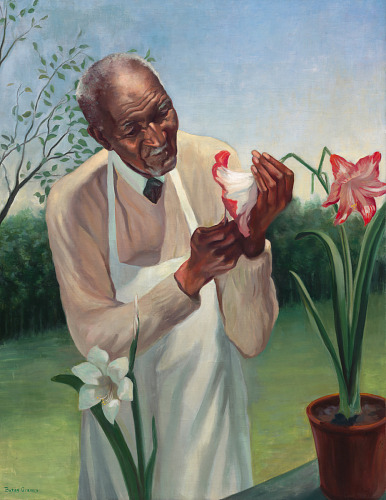
Copyright: National Portrait Gallery/Smithsonian Institution
Carver attended Iowa State University to study botany in 1891, becoming the first Black student at Iowa State. He continued to do research at this institution focusing on plant pathology and mycology. Carver eventually became the first Black faculty member at Iowa State.
Carver later moved on to Tuskegee University to head its Agriculture Department. He taught at this institution for 47 years. He taught methods of crop rotation, introduced several alternative cash crops for farmers that would also improve the soil (heavily cultivated in cotton), and he taught generations of Black students farming techniques for self-sufficiency.
He focused much of his efforts on peanuts and peanut products such as: peanut milk, peanut flour, and industrial dyes made from peanuts, to name a few.
For Carver’s efforts and contributions to society, he was publicly admired by President Theodore Roosevelt and made a member of the Royal Society of Arts in England in 1916.
Carver died in 1943 and was buried next to Booker T. Washington at Tuskegee University. His life savings were donated in his last years.
His gravestone reads: He could have added fortune to fame, but caring for neither, he found happiness and honor in being helpful to the world.
Week of February 12, 2024 - Henrietta Lacks
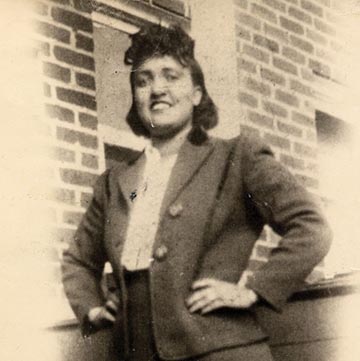
Henrietta Lacks was born Loretta Pleasant in 1920. She is most recognized by scientists as the unwitting origin source of HeLa cells that were obtained from a tumor biopsied during her treatment of cervical cancer at Johns Hopkins Hospital in 1951. Ms. Lacks' tissue samples were taken without her permission or knowledge as patient consent was not required during this time period. Her cells were then given to Dr. George Otto Gey, a physician and cancer researcher at Hopkins, who then successfully cultured her cells. The cancerous cells became known as the HeLa immortal cell line, commonly used in contemporary biomedical research.
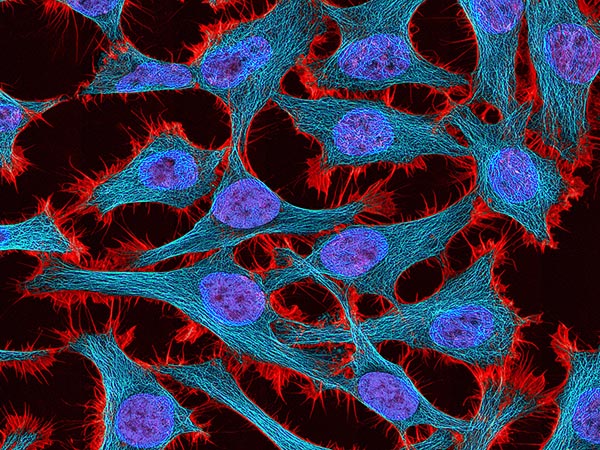
Despite treatments, Ms. Lacks succumbed to cervical cancer in 1951 at the age of 31.
The Lacks family was not made aware of the HeLa cell line existence until 1975. More than 70 years after doctors took her cervical cells without consent, her family finally won a major settlement with a biotechnology company in 2023 that profited billions from Lacks' immortal cells.
Ms. Lacks' story has been documented in the book “The Immortal Life of Henrietta Lacks,” published in 2010, as well as an HBO movie.
Though not a scientist, she has contributed greatly to science. Her story has brought great awareness to biomedical research ethics and shed light on nonconsensual experimentation upon systemically oppressed people.
Week of February 19, 2024 - Katherine Johnson
Creola Katherine Johnson, born in 1918, was an American mathematician whose complex manual calculations of orbital mechanics as a NASA employee were critical to the success of the first and subsequent U.S.-crewed space flights. NASA has recognized her 33-year career and her historical role as one of the first African American women to work as a NASA scientist.
Johnson was known as the “human computer” for her mathematical capabilities and ability to work with space trajectories with little technology. Her calculations were essential to assist the voyages of Alan Shepard, first American in space; John Glenn, the first American in orbit; and the rendezvous paths for the Apollo Lunar Module and command module on flights to the Moon.
In 2015, President Barack Obama awarded Johnson the Presidential Medal of Freedom.
Her contribution and life story were captured in the book and movie of the same name Hidden Figures. Johnson lived a long, impactful life and passed away in February 2020 at the age of 101.
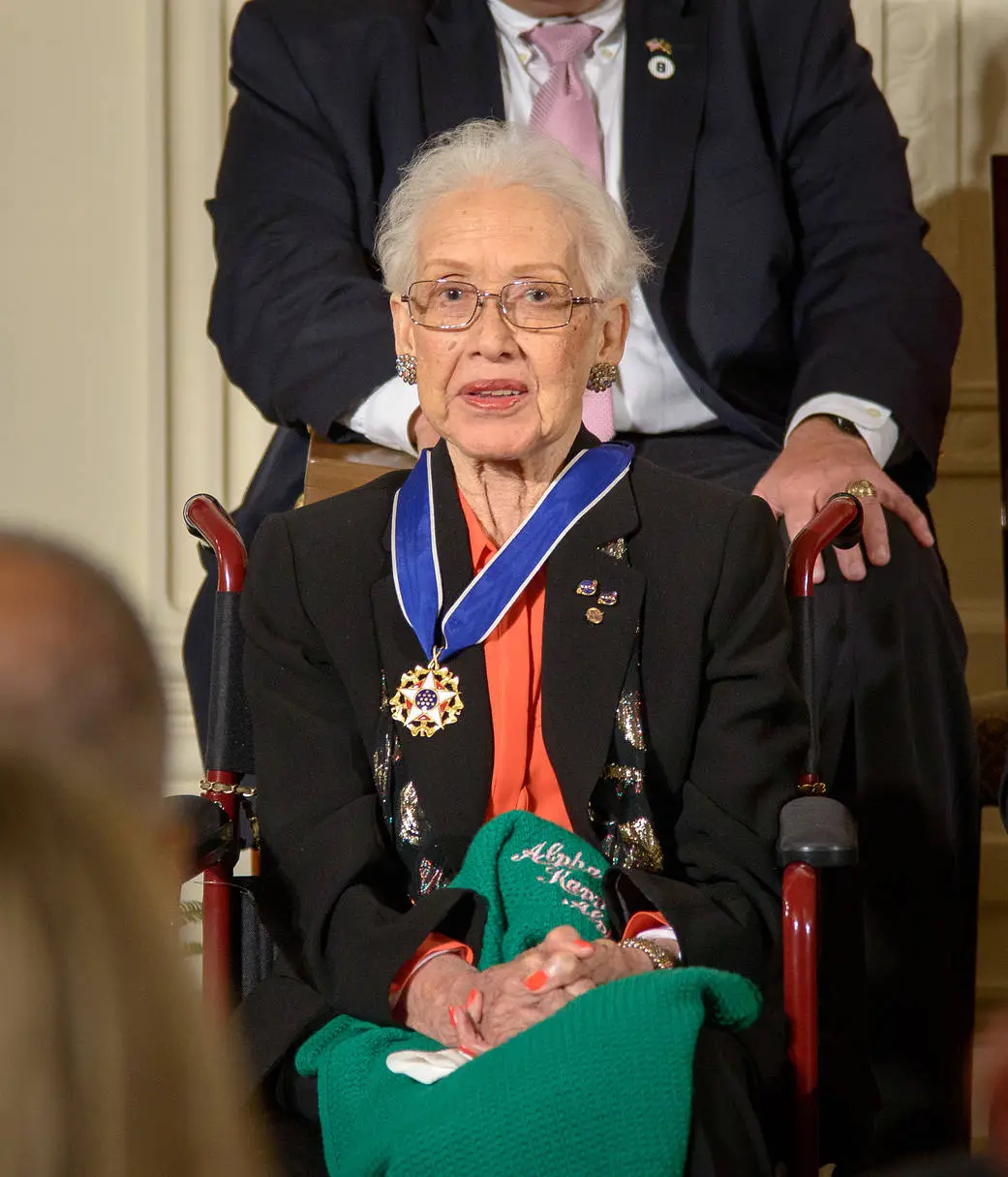
Week of February 26 - Emmett Chappelle
Father of Bioluminescence
Emmett W. Chappelle (born 1925) was an American scientist whose achievements led to his induction into the National Inventors Hall of Fame (2007) for his work on bioluminescence.
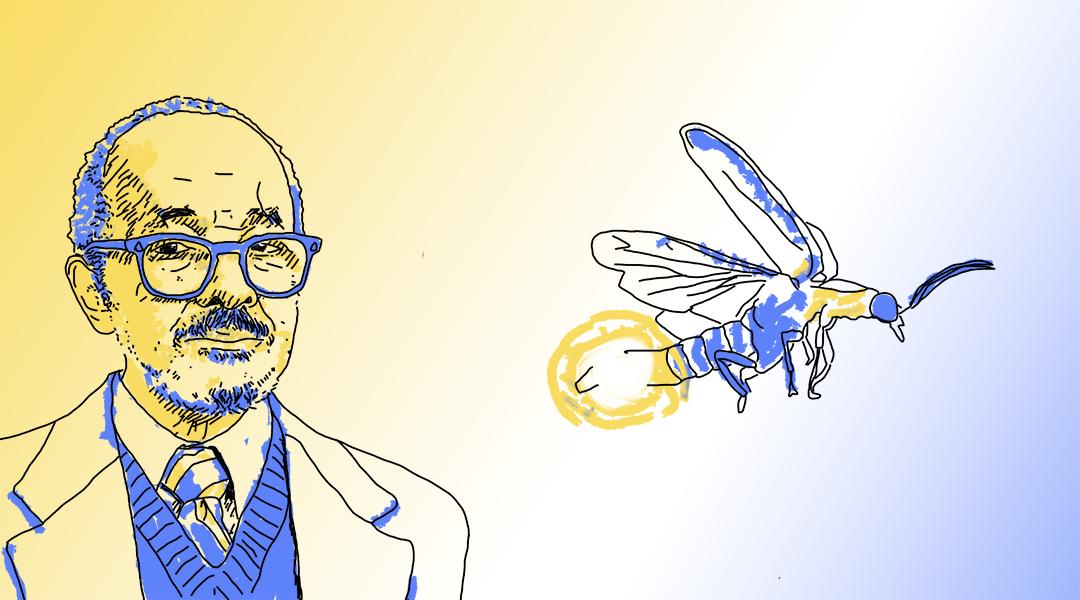
Emmett’s young adult life took him to the battlefields of WWII where he suffered two non-fatal wounds in action. After his return to the U.S., he continued his education at the University of California, Berkeley, and the University of Washington.
Being in the army provided Chappelle with access to an education that would not have been available through segregated public schools. He took courses in engineering, and upon his return in 1946, he obtained an associate’s degree from Phoenix College in electrical engineering followed by a B.S. in biology from the University of California at Berkeley in 1950. After working as as an instructor of biochemistry at Meharry Medical College in Nashville, Tennessee, he completed his Master’s degree in biology at the University of Washington in 1954.
He worked for several years toward a Ph.D. at Stanford University, contributing to our understanding of the role and function of proteins and amino acids in the body, before ultimately taking a research position at the Research Institute for Advanced Studies in Baltimore, Maryland in 1958.
In 1958, while working at the Research Institute in Baltimore, Maryland, Chappelle discovered that, like plants, even single-celled organisms, such as algae, are photosynthetic. Eight years later, he joined NASA as an exobiologist and astrochemist. It was here while designing instruments for the Mars Viking spacecraft that he became interested in bioluminescence - a warm light produced by living organisms. Chappelle developed a method using luciferase and luciferin (from fireflies) which gives off light when mixed with ATP (adenosine triphosphate), an energy storage compound found in all living cells. This method for ATP detection can be used to detect life on other planets as well as microbiological organisms.
Chappelle had five patents to his name, all relating to his discovery of bioluminescence and its usefulness in detecting bacteria and guarding against microbial susceptibility.
Chappelle retired from NASA in 2001. He died in Baltimore in 2019 at the age of 93.